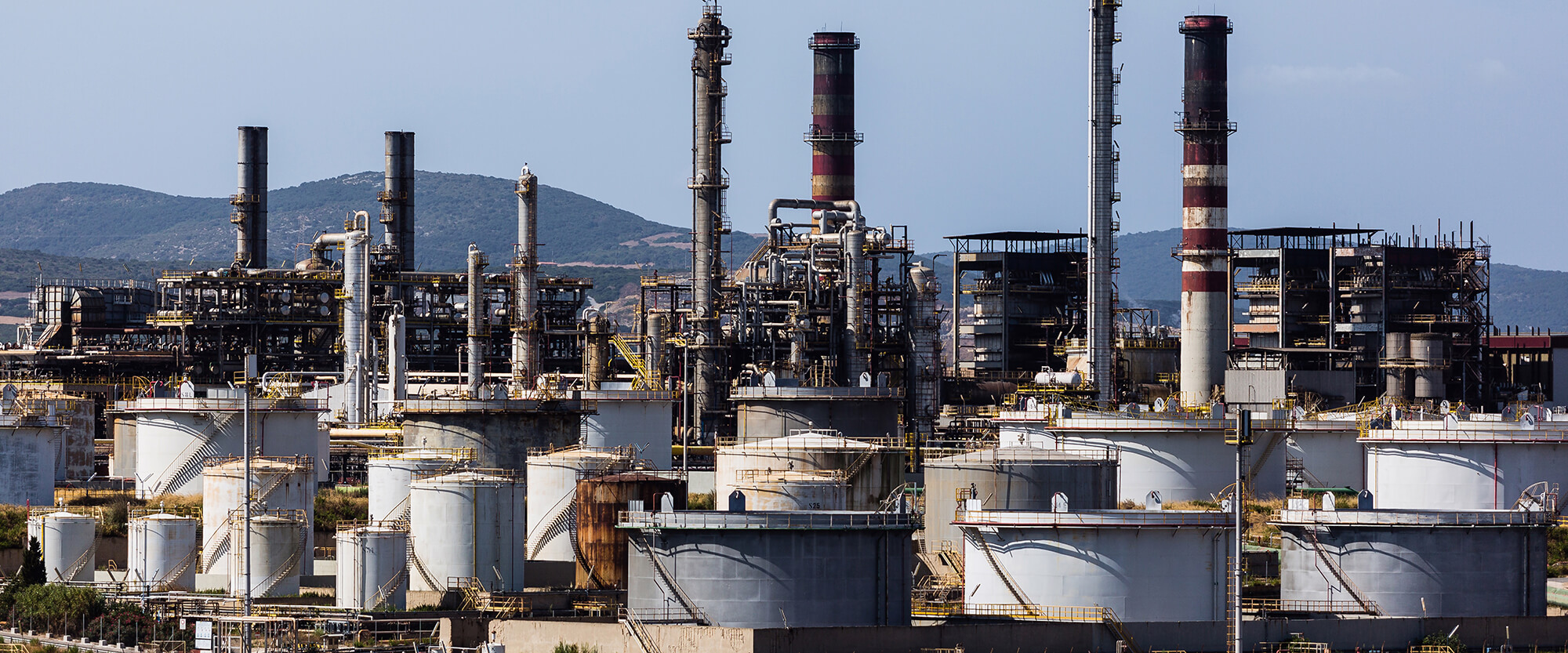Home / Uses of High-Density Polyethylene
Uses of High-Density Polyethylene
The primary use of polyethylene is determined by density. Density: This is the main variable that determines the properties of high density polyethylene HDPE, although the four variables mentioned do interact. Ethylene is the main raw material of polyethylene, and a few other comonomers, such as 1-butene, 1-hexene or 1-octene. It is also often used to improve polymer properties. For HDPE, the content of the above few monomers generally does not exceed 1%-2%. The addition of comonomer slightly reduces the crystallinity of the polymer. This change is generally measured by density, which has a linear relationship with the crystallization rate. The density range of medium-density polyethylene (MDPE) is 0.926~0.940g/CC. Other taxonomies sometimes classify MDPE with HDPE or linear low density polyethylene LLDPE. Homopolymers have the highest density, greatest stiffness, good barrier properties and highest melting point but generally have poor environmental stress crack resistance (ESCR). ESCR is the ability of PE to resist cracking caused by mechanical or chemical stress. Higher densities generally improve mechanical strength properties, such as tensile strength, stiffness, and hardness; thermal properties, such as softening point temperature and heat distortion temperature; and barrier properties, such as air permeability or water vapor transmission. The lower density improves its impact strength and E-SCR. Polymer density is primarily affected by comonomer incorporation, but to a lesser extent also by molecular weight. High molecular weight percentages result in a slight decrease in density. For example, homopolymers have different densities over a wide range of molecular weights.
Molecular Weight (MW): Higher molecular weight results in higher polymer viscosity, although the viscosity is also related to the temperature and shear rate used in the test. Characterize the molecular weight of the material with rheological or molecular weight measurements. HDPE grades generally have a molecular weight range of 40,000 to 300,000, and the weight average molecular weight roughly corresponds to the range of the melt index, that is, from 100 to 0.029/10min. Generally, higher MW (lower melt index MI) enhances melt strength, better toughness and ESCR, but higher MW makes processing more difficult or requires higher pressure or temperature. Molecular Weight Distribution (MWD): The WD of PE varies from narrow to broad depending on the catalyst used and the processing process. The most commonly used MWD measurement index is the heterogeneity index (HI), which is equal to the weight average molecular weight (MW) divided by the number average molecular weight (Mn). The index range for all HDPE grades is 4-30. Narrow MWD provides low warpage and high impact during molding. Medium to wide MWD provides processability to most extrusion processes. Broad MWD also improves melt strength and creep resistance.
Contact Us
TEL: 0086 25 51192301
EMAIL: info@ascent-chem.com
EMAIL: sophiahoney247@gmail.com
Copyright © Ascent Sbr All Rights Reserved.

